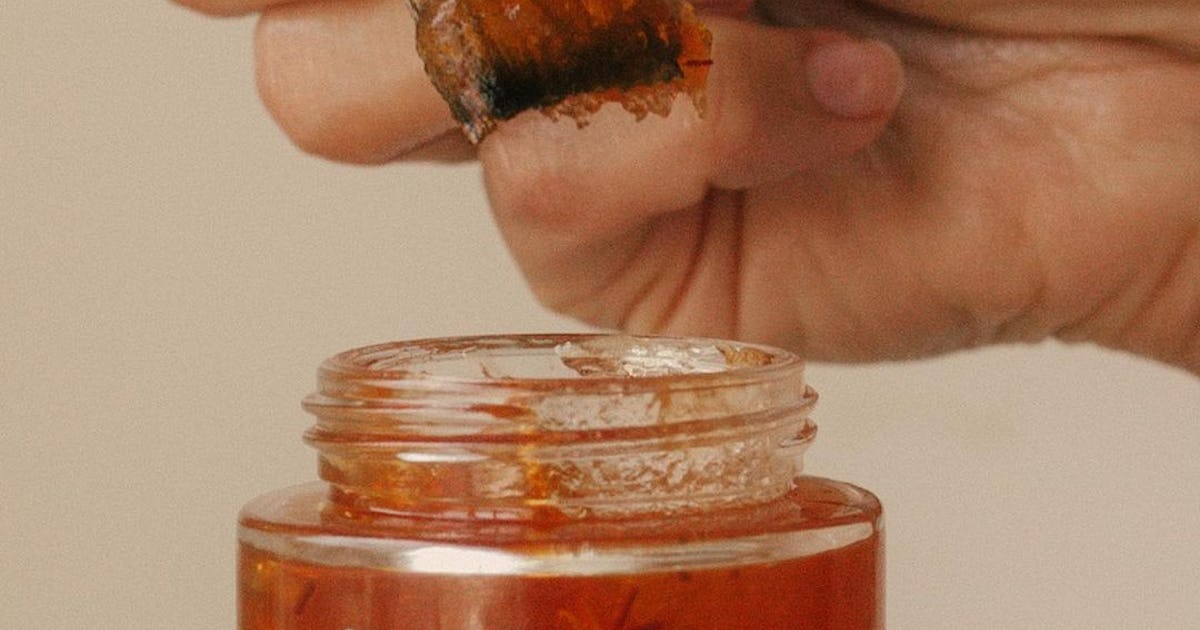Ami Upadhyay. A Handbook of the Indian Poetics and Aesthetics. Bareilly: Prakash Book Depot, 2017, Web pages 177, Selling price: Rs. 125/-. ISBN 978-81-7977-601-8
However desire in classical Indian poetics has been reside, nothing new appears to be to have been additional or found above the final 50 percent-a-century or far more. New books by professors of English, at best, have been repetitive. A scholar of the stature of Ananda Coomaraswamy is awaited to relate Sanskrit poetics to Western theoretical developments in the present century.
Getting stated this, I am pleased to look through by means of the ebook in hand, a “compendium of delight,” as Ami Upadhyay claims. Ami is a classical dancer and teacher of English language and comparative literature, and capable to notify us about Indian poetics and aesthetics, such as theories of Rasa, Riti, Dhvani, Vakrokti, Alankaras, Aucitya, Guna-Dosa, and many others. She of course dwells on Bharata’s Natya Shashtra and briefly touches upon other Sanskrit poeticians and theorists these types of as Dandin, Jagannatha, Kuntaka, Abhinavagupta, Ksemendra Rajasekhara, Vishwanatha, Hemendra and others, on the a person hand, and Plato, Aristotle, Ananda Coomaraswamy, and other Europeans, on the other.
Organised in three areas, the initially component seeks to determine aesthetics, poetry, and drama (Natya, Nataka and Kavya) with a quick description of the history of Indian poetics. The 2nd aspect deals with the a variety of colleges of Indian poetics, outlining the attribute features of the Rasa in the Vedas, Upanishads, and Ayurveda rasa as Ananda (pleasure) Sringara rasa (erotic sentiments) Karuna rasa (pathetic sentiment) Raudra and Vira rasa (the terrible and the heroic) Hasya rasa and Adbhuta rasa (the comic and the marvellous) Bhayanak and Vibhatsa rasa (the terrible and the odious) and Santa rasa (the tranquil). Ami also bargains with the concept and structure fundamental the Natya Shashtra in 10 chapters. In the remaining ten chapters of the 2nd section, she discusses the theoretical and explanatory contributions from other notable poeticians and aesthetes. The third component provides a checklist of big theorists and their performs glossary of vital conditions, and selected bibliography.
The brief chapters on Coomaraswamy, and Indian and Western Literary criticism and poetics, along with the appendices should really aid new scholars go after even more review in a subject matter which is by now section of English literature system in a lot of universities in India and abroad.
Ami’s handbook is plainly planned and very well-produced, but omission of R S Tiwary’s A Important Tactic to Classical Indian Poetics (1984) from her Bibliography is disappointing.
I am happy to endorse it to Honour’s and M A students.
–Professor R K Singh

















/https://specials-images.forbesimg.com/imageserve/604ad3acf728cc29468fec2e/0x0.jpg?cropX1=0&cropX2=846&cropY1=47&cropY2=523)
![See Inside the Amazing Homes of State Music’s Queens [Pics]](https://townsquare.media/site/204/files/2020/08/tim-mcgraw-faith-hill-mansion-california-pictures.jpg?w=1200&h=0&zc=1&s=0&a=t&q=89)










